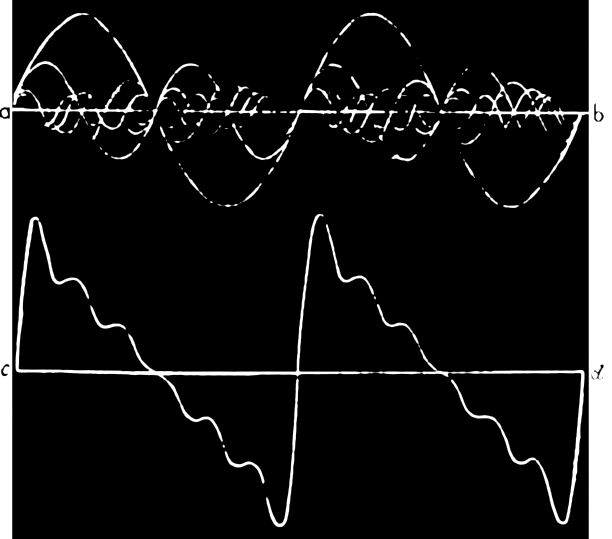It Turns Out that Humans Can Sense the Earths Magnetic Field
Although the ability to sense magnetic fields has been a long-established fact for a multitude of animal species, experiments searching for magnetoreceptive capabilities in humans have come up empty-handed. A new study may change our view on this seeming disability, having found evidence that our brains register changes in theread more
